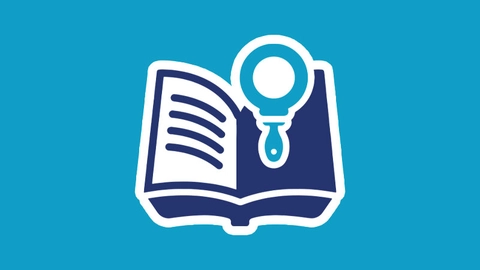
This recent article by Arthuis et al. highlights the benefits of using Ultra High Frequency (UHF) Ultrasound with Photoacoustics to assess placental oxygenation in a rat model at mid-to-late gestation.
Article Summary:
• Impaired fetal oxygen delivery has substantial effects on fetal health and is associated with a variety of pregnancy complications
• Currently BOLD MRI is the only non-invasive method of clinically assessing fetal and placental oxygenation
• Here Vevo ultrasound and photoacoutics technology was used to measure oxygen saturation in the rat placenta, in response to maternal hypoxia
• Studied animals at gestation days (gd) 14, 17 and 20
• Oxygen saturation was evaluated in the maternal skin, mesometrial triangle of the placenta, maternal placental interface (basal zone) and the fetal placental interface (labyrinth)
• In response to maternal hypoxia the placenta was more resistant to changes in oxygen saturation compared to maternal tissue (the skin)
• Further studies are required to explore the mechanisms behind the increased resistance
Conclusion:
Co-registered ultrasound and photoacoustics allows for the study of oxygen saturation in various sub-regions of the placenta in response to maternal stimuli. This study demonstrates the value of photoacoustic imaging for placental and developmental research. Results of this study suggest that the placenta plays a protective role for the fetus against maternal hypoxia.
Reference:
1. Arthuis CJ, Novell A, Raes F, Escoffre J, Lerondel S, Le Pape A, et al. Real-Time Monitoring of Placental Oxygenation during Maternal Hypoxia and Hyperoxygenation Using Photoacoustic Imaging. Zenclussen AC, editor. PLoS One [Internet]. 2017 Jan 12;12(1):e0169850. Available from: http://dx.plos.org/10.1371/journal.pone.0169850